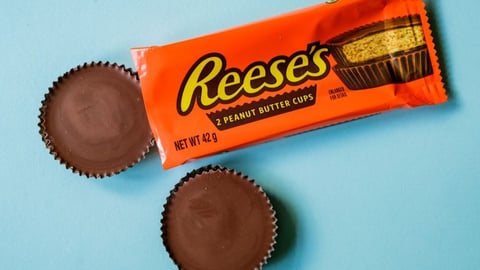Nike’s Roblox Digital Showroom Offers Next Peek Into the Metaverse
As consumer goods brands shake out how the metaverse might make sense for them, Nike launched a new digital experience known as Nikeland on Roblox.
The footwear and apparel brand and retailer designed Nikeland after its real-life headquarters, and Roblox players can play a range of mini games, such as tag, dodgeball, and the floor is lava. Players can also use the accelerometers in their mobile devices for further game interactivity, such as running or jumping, and pick up Nike-branded items for their avatar in the digital showroom.
Nikeland is a free environment on Roblox, and in December, the company will release a Snapchat lens that turns its House of Innovation in New York into an augmented reality version of the space.
[See also: P&G Teams With Twitch For the First Time]
This isn’t the first time Nike has brought branded content into gaming — it partnered with Fortnite in 2019 — and it also isn’t the first consumer goods company to delve into Roblox and branded virtual worlds. VF Corp.-owned Vans opened a skatepark experience known as Vans World this summer, where consumers could create their own skateboards and purchase customizable Vans silhouettes. The experience had more than 40 million visits, according to Roblox CEO David Baszucki.
Gucci also opened the Gucci Garden, a two-week-long Roblox experience where visitors could explore creations and purchase limited-edition items for their avatars.
Some confusion about what constitutes a metaverse experience vs. a virtual one remains both within in the industry and among consumers — especially with the rise of “phygital retail” — and brands are experimenting with a range of different environments to determine what could be beneficial.
Some, such as Procter & Gamble, are not only exploring virtual gaming worlds but also marrying physical and digital retail commerce for new engagement tactics — the latter of which, while not new, is becoming more immersive thanks to increasing digital capabilities. In addition to creating avatar designs for Animal Crossing avatar designs on behalf of its Gillette Venus brand, P&G’s SK-II skincare brand opened a gamified and AR-powered pop-up retail store in China earlier this year that featured in-store skin personalization technologies and was accompanied by a six-part animated series developed by its film studio.
A number of brands, including Coca-Cola, Campbell Soup Company, Conagra and even Toys”R”Us, are trying out non-fungible tokens (NFTs) to dip a toe into the upcoming metaverse. However, just 23% of U.S. online adult consumers said in an August Forrester Research survey that they would like to spend time exploring the metaverse, and just 22% said they think brands should advertise there. Nearly 30% said they don’t understand what the metaverse is.
[See also: Ferrara’s ‘Weirdly Awesome’ Throwback Mark Its 1st Gaming & AR Marriage]
Importantly, the metaverse doesn’t exist right now, Mike Proulx, Forrester VP and research director, notes to CGT. “Until there are elements like interoperability and persistent ‘presence,’ all that exists at the moment are nascent component parts of the future metaverse — many of which have been in the marketplace for years in various forms, like virtual worlds.”
With that in mind, it’s worth noting that Nike also recently filed to trademark virtual goods for its brand, a detail that Proulx said is where things to start get more interesting in the context of the future metaverse.
“Imagine buying a limited-edition pair of virtual Air Jordan’s, backed by an NFT, for your avatar that can transport across different worlds of mixed reality from Roblox and Fortnite to physical environments via a beamed in hologram,” he said. “It becomes powerful ‘advertising’ for Nike and brands alike — akin to wearing a t-shirt in the real world with a giant logo on it.”




